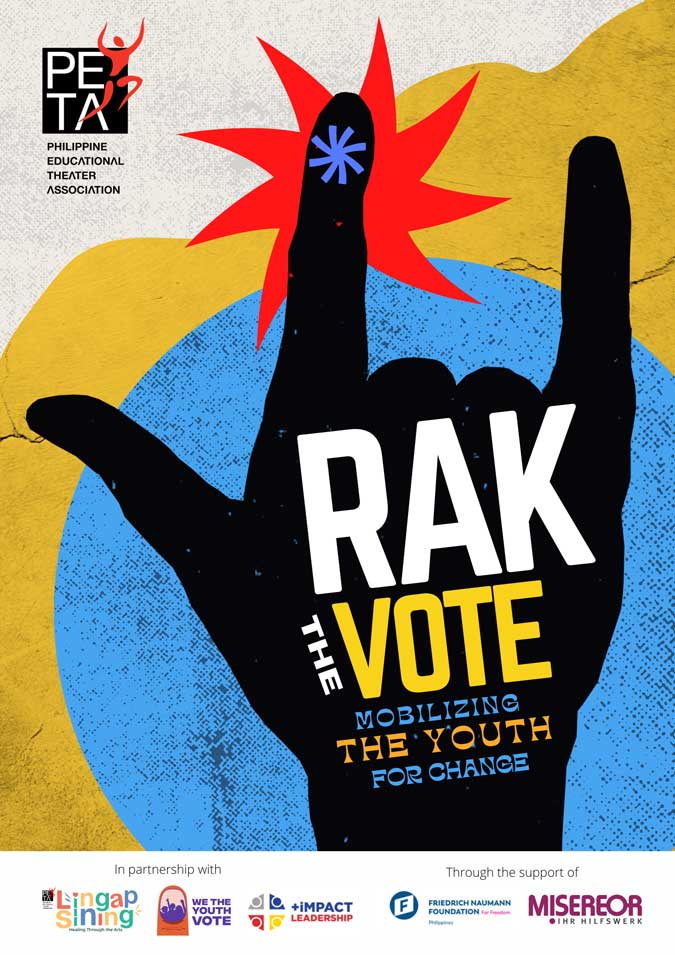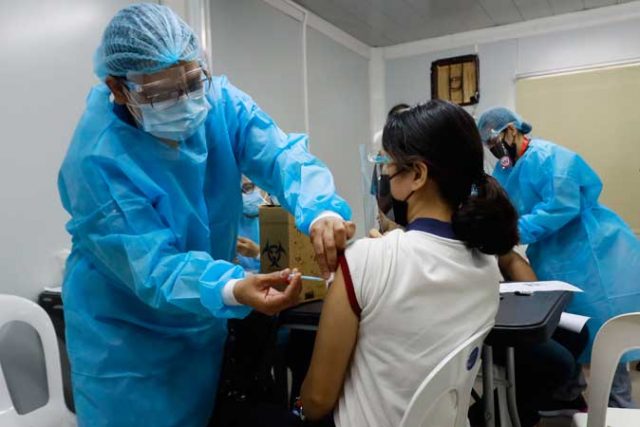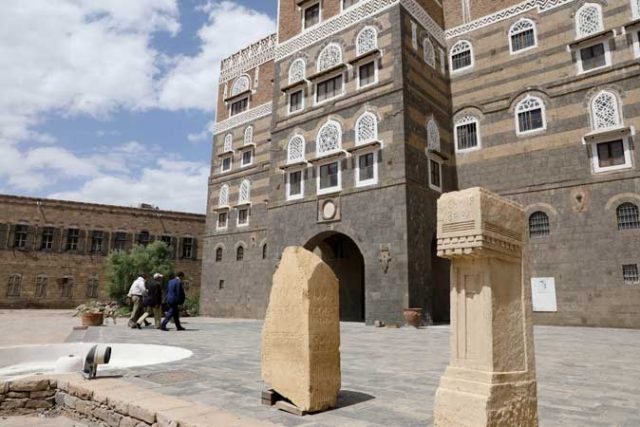Fête de la Musique returns to PHL online
 COUNTRIES all over the world will come together on June 21 to commemorate the annual global French tradition, Fête de la Musique. In the Philippines, this year’s edition will take its audience on a nationwide musical journey from June 18 to 21. #FeteFromMyIsland will celebrate not only the artists and music from various parts of the Philippines but also the natural beauty and rich culture of Boracay, El Nido, La Union, and Metro Manila.
COUNTRIES all over the world will come together on June 21 to commemorate the annual global French tradition, Fête de la Musique. In the Philippines, this year’s edition will take its audience on a nationwide musical journey from June 18 to 21. #FeteFromMyIsland will celebrate not only the artists and music from various parts of the Philippines but also the natural beauty and rich culture of Boracay, El Nido, La Union, and Metro Manila.
The free online event will be streamed on the Facebook pages of Fête de la Musique PH, Alliance Francaise de Manille, and B-Side Productions, and on the account of Fete de la Musique in Kumu.
“With the health crisis affecting the Philippines for more than a year now, Fête de la Musique still endeavors to stay connected with our audience who has been celebrating music with us every year,” Jean-Pierre Dumont, Executive Director of Alliance Francaise de Manille said in a statement. “Together with the Department of Tourism, we will give them great music as we also celebrate the talents and the beauty of the different corners of this amazing country.”
Before the big virtual show on June 21, Fete de la Musique will showcase OPM (original Pilipino music) legends and up-and-coming artists from Luzon, Visayas, and Mindanao.
The celebration begins on June 18 with a Luzon pocket stage which will feature performances by Pedicab, Radha, Parallel Uno, Celeste Legaspi, Maegan Aguilar, Zsaris, 10 a.m. Departure, Buwi, and Kayden Umali.
On June 19, talents from the Visayas will take centerstage with performances by Kate Torralba, Project Yazz, Vanessa Monot, doods, soundslikefiona, Vanya, and Dumaguete Trio.
On June 20, Mindanao takes the spotlight with music from homegrown talents including KRNA, Moro Beats, Conscious & The Goodness, Joee & I, Levi, and Manic Mundane.
On June 21, the Philippines will join the rest of the world in celebrating music with four main stages in Metro Manila, Boracay, El Nido, and La Union.
The Metro Manila stage will present music by Barbie Almalbis, Joey Ayala, Bayang Barrios, Curtismith, and Leanne & Narra. They will also be joined by Jason Dhakal, The Hernandez Brothers x Lustbass, and Fatima Loo. For the Boracay stage, there will be performances by I-Dren Artstrong, Trespeace, Mami Beth & Sajid Perez Pelayo. The El Nido stage will feature music by Jako Mandala, Eric Tarre, Robin, Mike & The Wolf, Bathala Na Groove and Jams with Dona & David, and the Jewelmer Jazz Band. Manskee, Roe Santos, and Jose x Gats Talamak will take over the La Union stage.
As part of the Fête de la Musique tradition in the country, two foreign acts will play alongside Filipino musicians. This year, multi-awarded singer, composer, and actor Raphaël and the Swiss Jazz band B Connected will be among the highlights of the June 21 concert.
Fête de la Musique 2021 will also feature a donation drive in support of Bayanihan Musikahan. The funds to be raised will be used to address a vulnerable sector of society that has been seriously affected by the pandemic.
There will also be a Facebook photo contest supported by AirSwift. Details will be announced on the Fete de la Musique PH social media.
To know more about this year’s celebration and the line-up of activities and musical performances, follow www.facebook.com/FetePH and @fetedelamusiqueph on Instagram.















